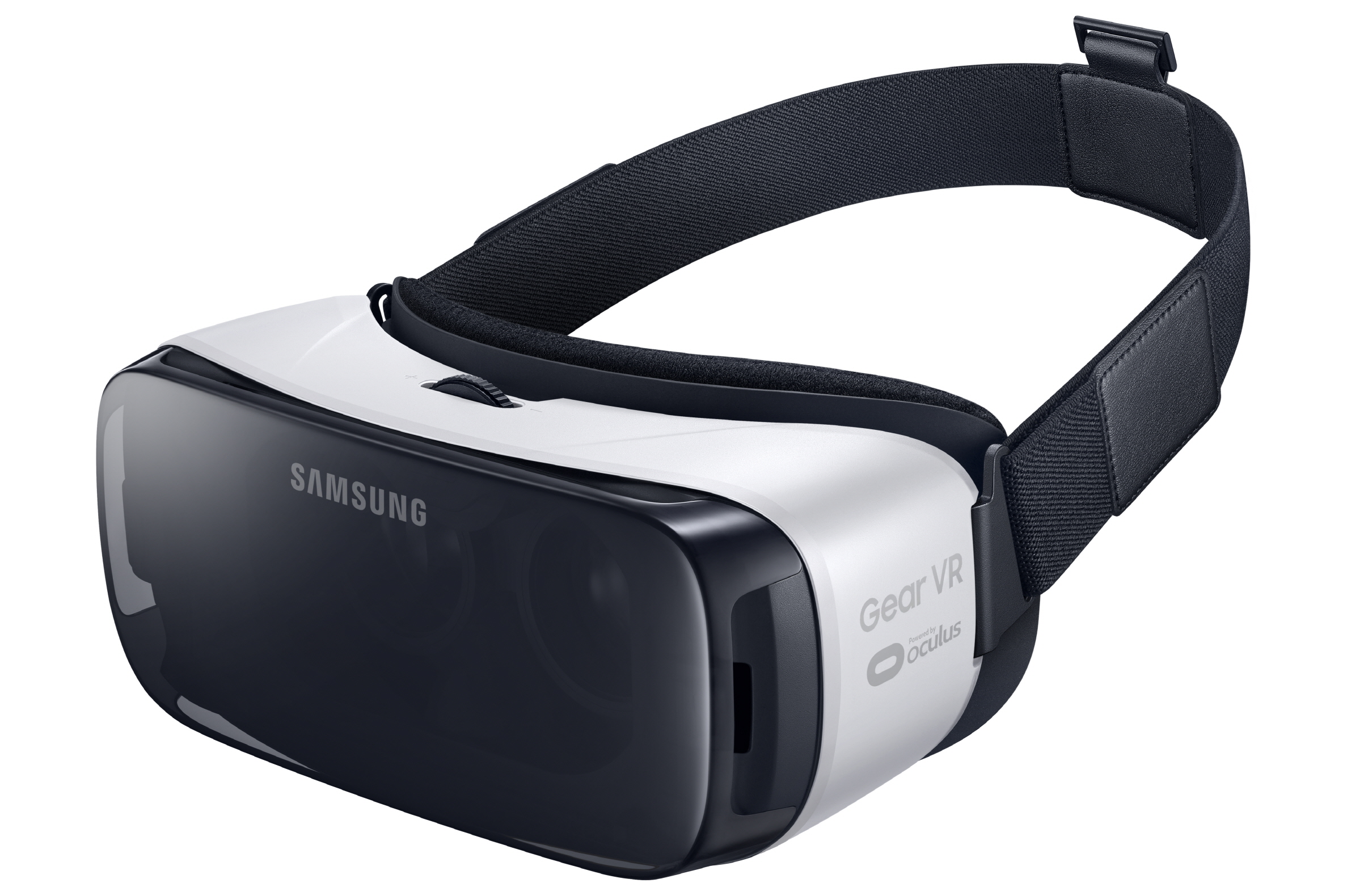Mobile gaming has gone from a passing distraction to a full-time industry in the past two decades. When mobile phones first hit the mainstream, gaming wasn’t even a consideration or a possibility. The technology contained in early mobile phones simply wasn’t powerful enough to tackle things like games, and early phone developers and manufacturers were too busy trying to get simple texting capabilities to the masses to worry about implementing gaming technology. As phones became more powerful and screen technologies became more robust, developers soon began to see the potential for mobile gaming.
Enter the Snake
If you were around in the early 2000s and you had a mobile phone, you likely remember one of the first mobile games: Snake. Snake involved a line on the screen that would be controlled directionally to “eat” dots. With each dot consumed, the line would grow another pixel longer.
As time went on, the challenge was to stop the line from running into itself, but this was difficult as the line grew longer and took up more of the screen. At the time, games like Snake were considered primitive, but they were a great first step for the mobile gaming industry‘s growth to come.
Angry Birds
From Snake on through the 2000s, there were plenty of innovations in mobile gaming, but what really made a change was 2009’s Angry Birds. If you’re into mobile gaming at all, you’ve likely played this game at some point, but the gist is that you have a selection of birds that are loaded into a slingshot and then sent flying through the air to knock over structures. The game’s graphics, sound design, and simplicity helped it rocket to massive success. And it was free!
Virtual Reality Becomes Reality
In 2015, Samsung changed the mobile gaming universe by releasing the Gear VR. The Gear VR is a headset that contains sensors and two lenses, and when paired with specific Samsung phones, it transforms into a virtual reality device. Using the Gear VR, you can experience a virtual environment in 3D.
The technology far surpasses any previous attempts at mobile virtual reality, and there are plenty of games available that are specifically designed for the Gear VR hardware. One thing that the Gear VR lacks (at the moment) is positional tracking, meaning you cannot move around within virtual games without the aid of a controller. You can, however, pair a controller and move around in virtual environments within games as if you were actually walking.




Comments
Post a Comment